(NLDO) - With curved teeth and a wingspan of up to 4.6 m, the monster Haliskia peterseni was one of the most fearsome predators of the Cretaceous period.
According to Sci-News, the new monster species Haliskia peterseni was identified thanks to fossils exposed in the area that is now Queensland, northeastern Australia.
It was a giant flying reptile with a crest and curved teeth that lived about 100 million years ago. Its wingspan was up to 4.6 m, about twice that of a large modern eagle.
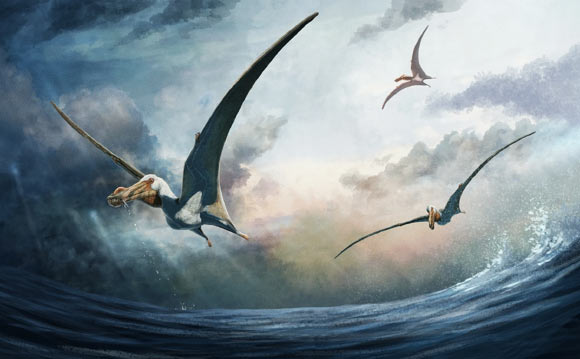
Australia's new flying monster - Photo: Gabriel N. Ugueto
According to paleontologist Adele Pentland from Curtin University (Australia), the leader of the research team, Haliskia peterseni was probably one of the most fearsome species of its time.
At that time, much of Central West Queensland was underwater, covered by a vast inland sea.
The fossil remains of Haliskia peterseni were found in November 2021 by Kevin Petersen, curator of the Kronosaurus Korner Museum, in the Toolebuc Formation of the Eromanga Basin.
The specimen is 22 percent complete, more than twice as complete as any previous pterosaur skeleton found in Australia. Haliskia peterseni is only the second flying monster from the age of dinosaurs to be found in the country.
“The specimen includes the entire lower jaw, the tip of the upper jaw, 43 teeth, vertebrae, ribs, bones from both wings and part of a leg,” the article published in Scientific Reports said.
The new species was also identified as belonging to the genus Anhanguera, a genus of pterosaurs that lived during the early Cretaceous period, about 145 to 100 million years ago.
The genus is characterized by its long, narrow wings, elongated skulls, and sharp teeth. Anhanguera were skilled fliers and are thought to have been carnivorous, hunting fish for their survival.
The group of flying monsters called pterosaurs, to which this new monster and all Anhanguera belong, can be seen as flying versions of dinosaurs. They roamed the skies, but were still reptiles.
Pterosaurs appeared during the Late Triassic period (about 220 million years ago) and disappeared from the planet at the end of the Cretaceous period (66 million years ago), when the Chicxulub asteroid hit Earth and caused severe climate change.
Source: https://nld.com.vn/lo-dien-quai-vat-bay-100-trieu-tuoi-sai-canh-gap-doi-dai-bang-196240615082236031.htm



![[Photo] More than 17,000 candidates participate in the 2025 SPT Competency Assessment Test of Hanoi National University of Education](https://vphoto.vietnam.vn/thumb/1200x675/vietnam/resource/IMAGE/2025/5/17/e538d9a1636c407cbb211b314e6303fd)
![[Photo] Readers line up to visit the photo exhibition and receive a special publication commemorating the 135th birthday of President Ho Chi Minh at Nhan Dan Newspaper](https://vphoto.vietnam.vn/thumb/1200x675/vietnam/resource/IMAGE/2025/5/17/85b3197fc6bd43e6a9ee4db15101005b)
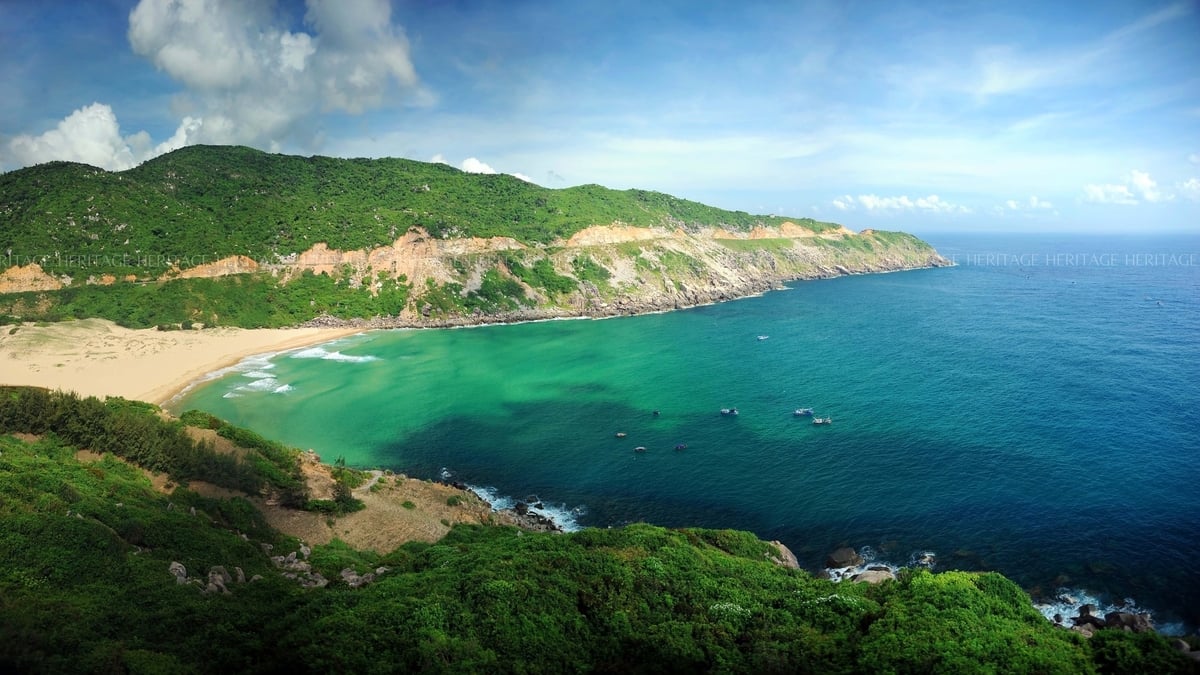

![[Photo] Prime Minister Pham Minh Chinh chairs meeting on science and technology development](https://vphoto.vietnam.vn/thumb/1200x675/vietnam/resource/IMAGE/2025/5/17/ae80dd74c384439789b12013c738a045)



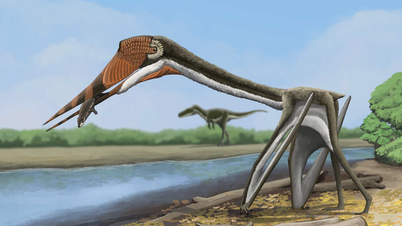







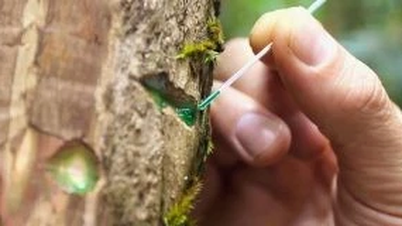










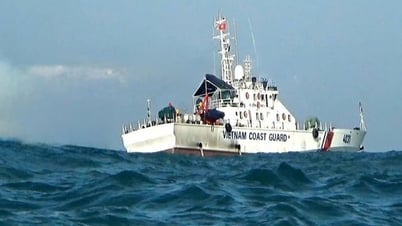


![[Photo] Nearly 3,000 students moved by stories about soldiers](https://vphoto.vietnam.vn/thumb/1200x675/vietnam/resource/IMAGE/2025/5/17/21da57c8241e42438b423eaa37215e0e)




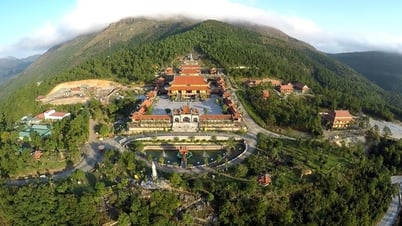



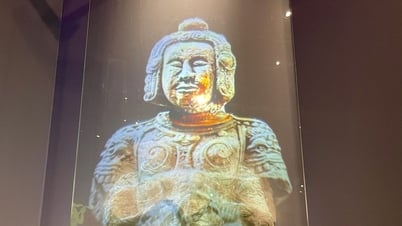

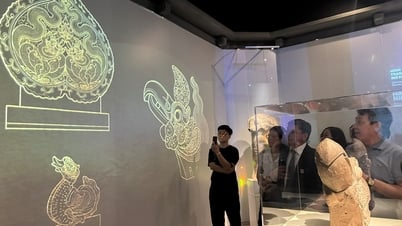

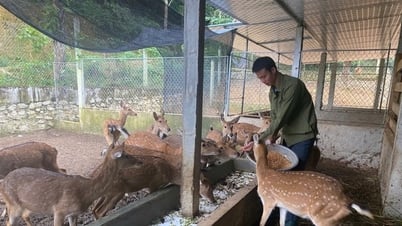












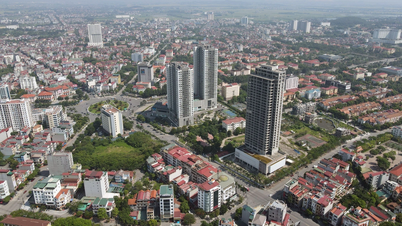

















































Comment (0)